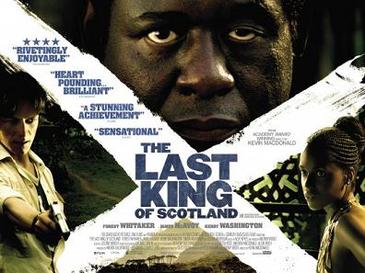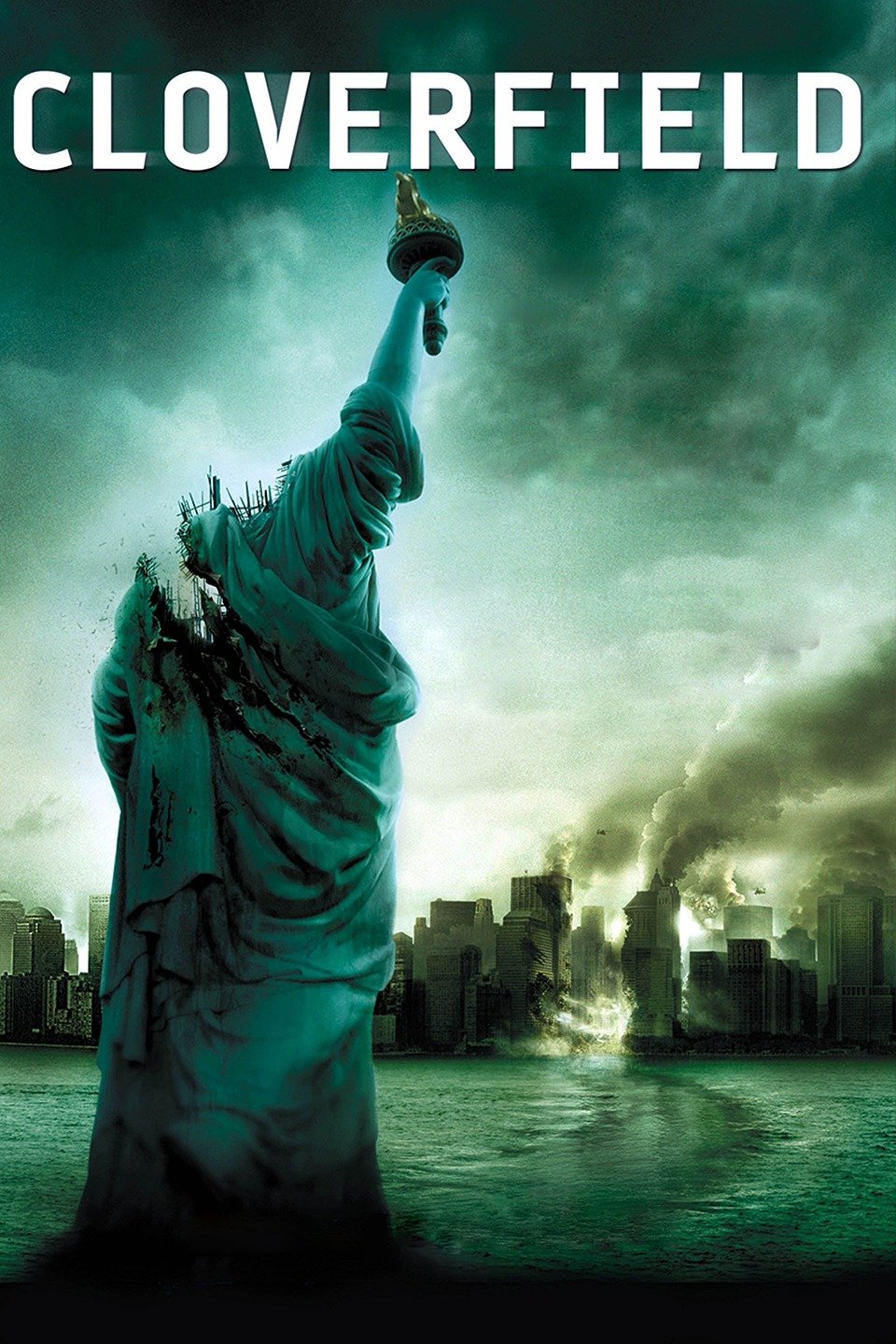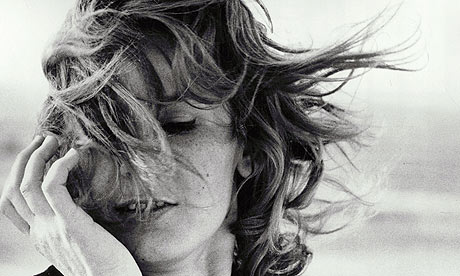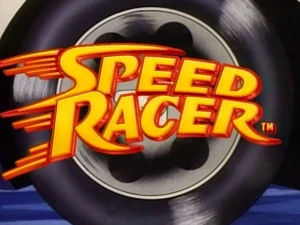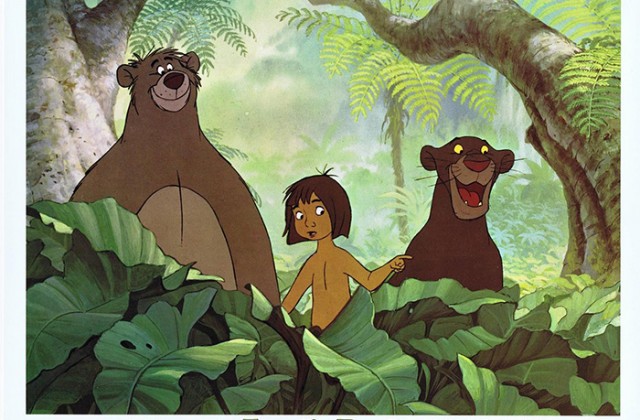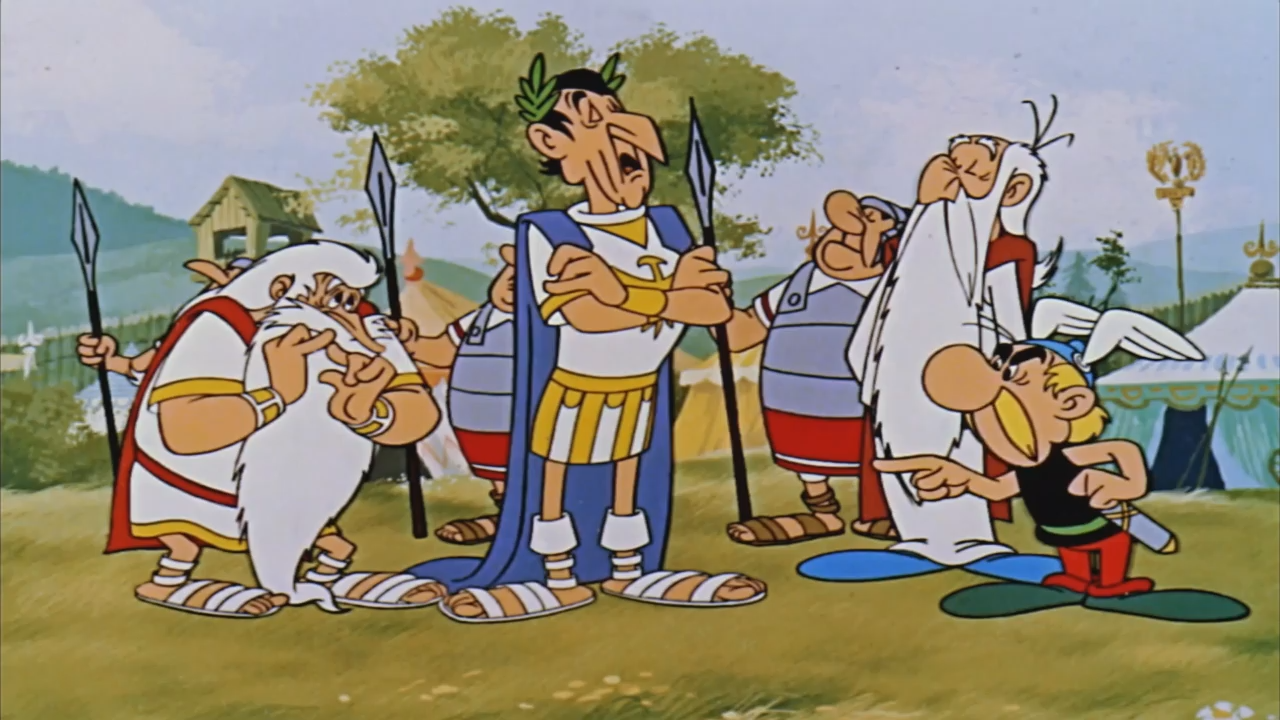The Blackmagic Cinema Camera and music video pitch
The Blackmagic cinema camera is a very interesting camera to use, It can shoot 2.5k RAW footage and comes with many lens mounting systems including EF (cannon) passive MFT mount (has no electronic connection to lens) or the PL mount (professional cinema lens mount) the camera that SIT has has the EF mount so any cannon lens' will fit onto it.
The menus on the Blackmagic are very simple to use as it is all touchscreen and very well laid out in clear sub-menus.
Lend changing is the same as changing on a DSLR... I want to plan the shoot to minimise lens changing. preferably I want to use a Zoom lens that has a nice DOF, a 17-50mm or 24-105mm.
I would very much like to use this camera for my music video and shoot in 2.5k RAW files. I want to do extensive colour grading in post so this is my first choice over the Sony X200. However I need to be very prepared as the 120GB SSD card can only hold 15min of footage... this means I have to work really hard to capture exactly what I need and be extra prepared in pre-production. I may also bring a laptop to ingest the footage midway.so it will give me 30min of shooting time for one day which is plenty of footage about 10:1 ratio of rushes.
hear is my pitch for the music video...
Artist: Joanna
Song: Waiting for you
Song length: 03:35
Concept: Performance based music video with a simple narrative.
Theme: music being a central theme bringing people together. The interaction between musicians while playing a song.
Performance shots: Shots focused around a grand piano musicians interacting happy and having a good time playing. Shots of musicians face’s to display emotion and their love of music. Artistic shots of hammers inside the grand piano.
Narrative story: Band members arriving at the studio one by one and interacting together and eventually play together for the final chorus.
Colour scheme:
When talking about the song ‘Waiting for You’ The artist specifically mentioned yellow as a color that came to mind when thinking of the song. This colour will be present throughout the song by means of a scarf or accessory that is bright yellow. Key Musician/s on screen must have some accessory that is yellow. I.e. an umbrella, tie, shoes, scarf, guitar etc.
Set design: Black sheets with yellow squares of paper displayed in random patterns and bright lights. Make the artist stand out not to draw focus away.
Location ideas:
Queens park rose garden
Queens park band rotunda
SIT sound studio/grand piano
Church



